A 2019 full of discoveries and findings. Here are what were the most interesting ones of the year.
10. Medieval frescoes found in the church of San Sepolcro in Milan.
In Milan, restoration work in the underground church of San Sepolcro leads to the discovery of new medieval paintings: an ornamental cycle of stars and plant elements that decorates the vaults of the presbytery and can be dated to the late 13th century. Full story here.
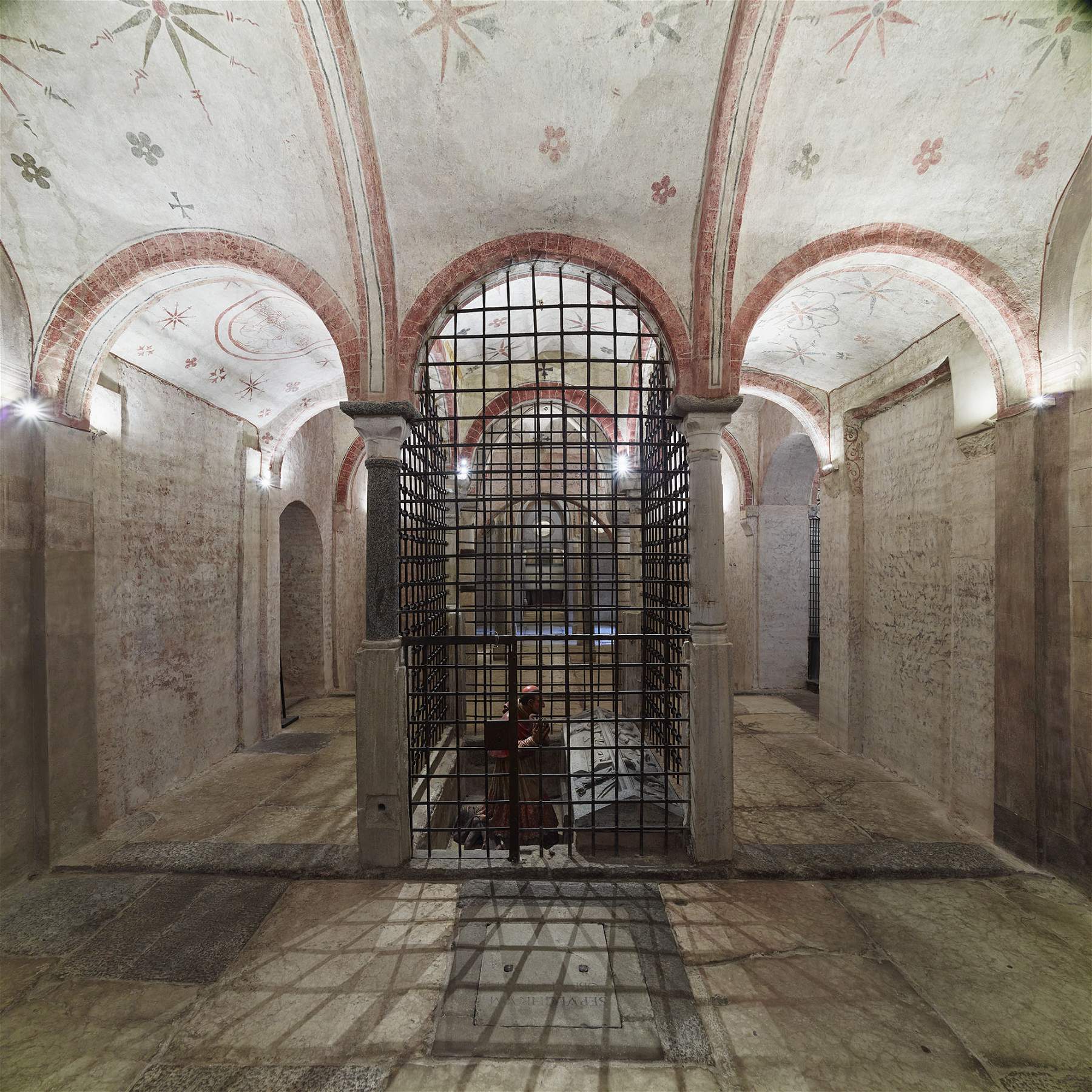 |
| The church of San Sepolcro after restoration |
9. A drawing attributed to Giorgione
The University of Sydney announces the discovery of a rare drawing attributed to Giorgione: the sheet, which also depicts a Madonna and Child, also bears an inscription that would attest to the date of the artist’s death. Full story here.
 |
| The sheet with the drawing attributed to Giorgione |
8. An entire Roman military quarter resurfaces in Lyon.
Archaeological excavations in Lyon lead to the discovery of an entire military quarter, dating back to the 2nd century AD: a house, a blockhouse and a parade ground have resurfaced from the site. This was the site where, in 197, the legions of Septimius Severus and those of Clodius Albinus faced each other. Full story here.
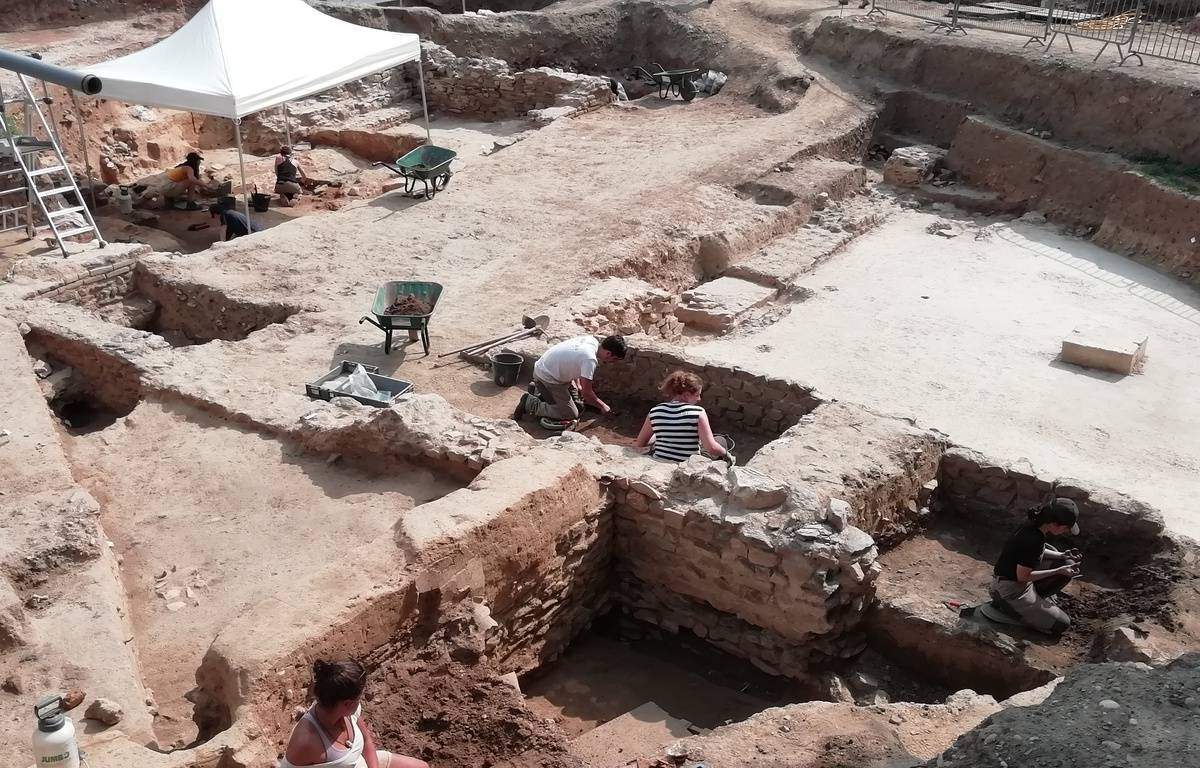 |
| The resurfaced Roman quarter in Lyon |
7. Thirty wooden sarcophagi found in Luxor, Egypt.
The discovery of thirty wooden sarcophagi in Luxor, Egypt, all painted, still sealed and well-preserved, dating from the 22nd Dynasty period (10th century B.C.), is being hailed as one of the most important in recent years by Egypt’s Ministry of Antiquities. Credit goes to a team of archaeologists, restorers and workers who are all Egyptians. Full story here.
 |
| The sarcophagi found in Luxor |
6. The 15th-century frescoes of San Francesco al Prato in Parma.
The 15th-century frescoes in the church of San Francesco al Prato in Parma were always assumed to exist but had never been found. Extensive restoration work aimed at reopening the building for worship in 2020 has brought them to the surface: a few fragments, but very valuable. In the months ahead they will be studied in depth. Full story here.
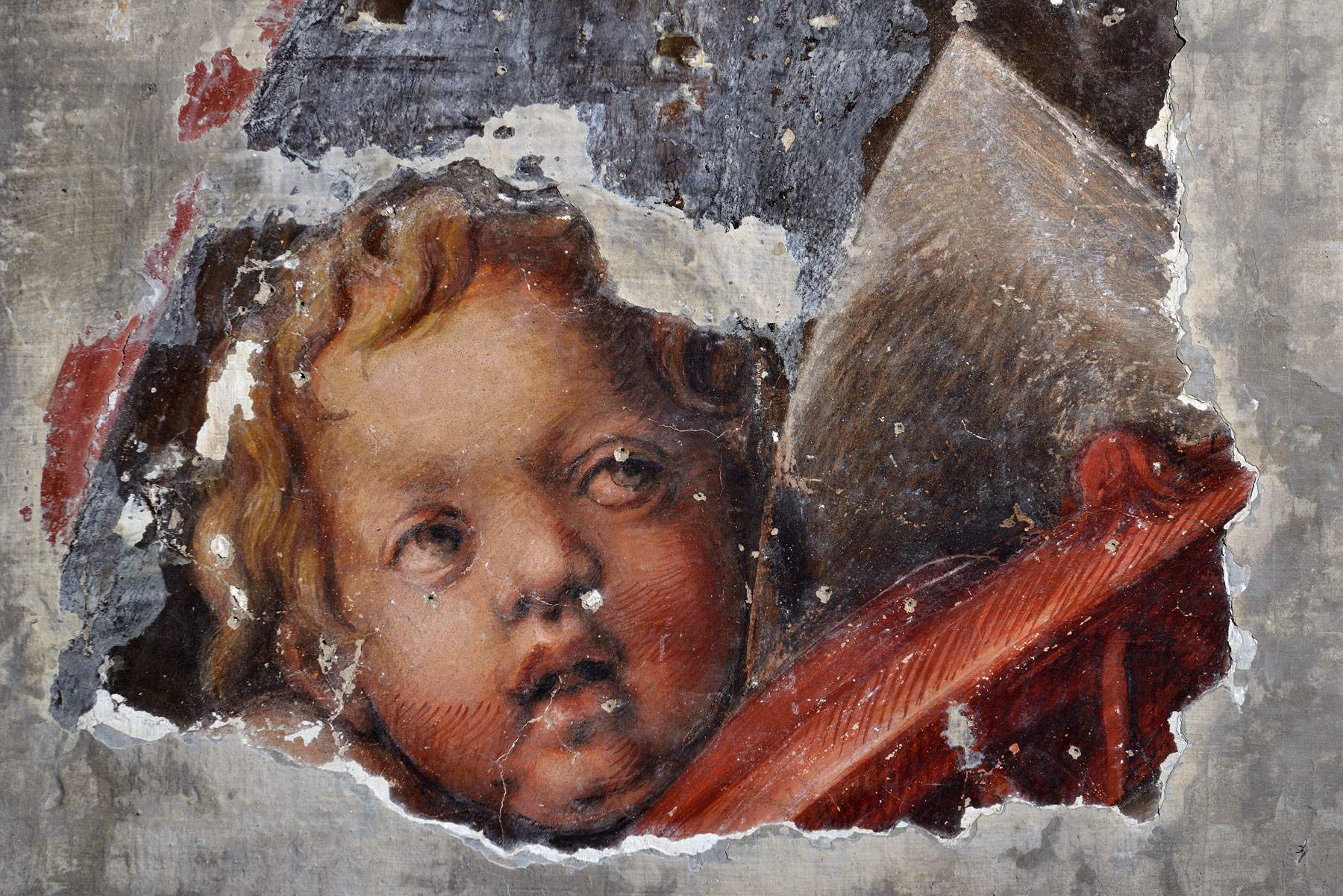 |
| One of the fragments of the 15th-century frescoes of San Francesco al Prato in Parma |
5. An unknown version of Monet’s Water Lilies resurfaces in the Netherlands.
Ruth Hoppe, a restorer at the Gemeentemuseum in The Hague, Netherlands, has discovered a hitherto unknown version of Claude Monet’s Water Lilies-a find considered very important to the history ofImpressionism. The version of Monet’s famous painting was found beneath a work by the same artist depicting wisteria flowers. Full story here.
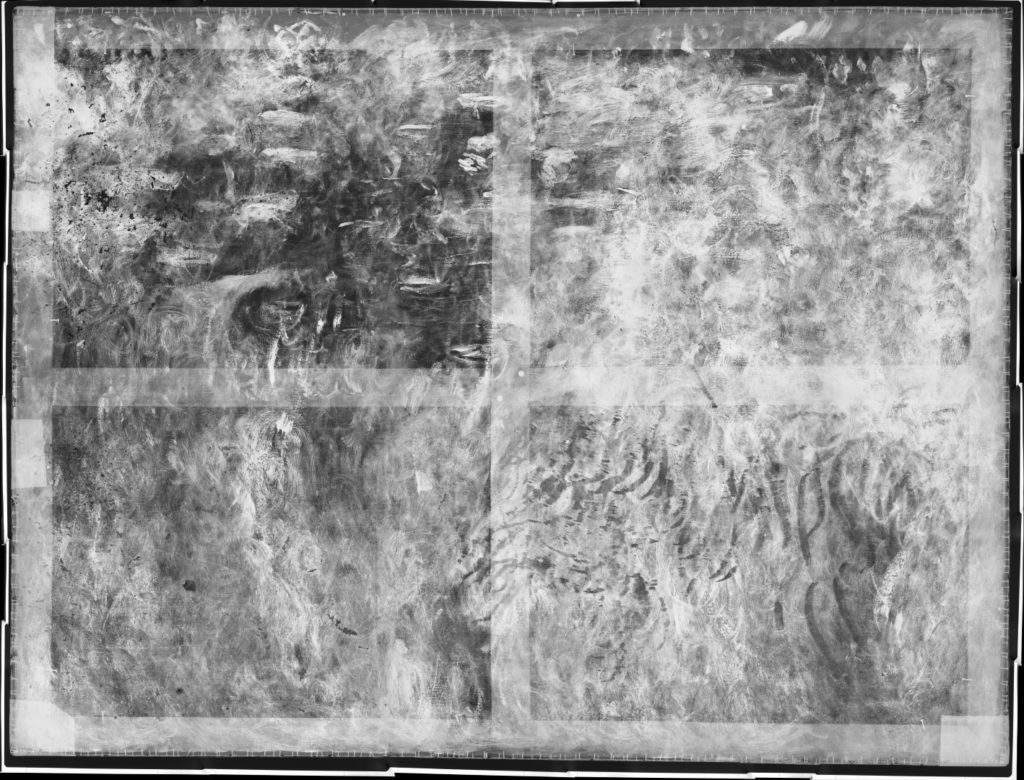 |
| Unknown version of Monet’s Water Lilies revealed by X-ray on canvas with wisteria flowers |
4. The oldest hunting scene painted on a cave wall in Indonesia.
A work is discovered in Indonesia that could bring art history textbooks up to date: it is a hunting scene dated by experts to more than 44,000 years ago, a dating that would make it the oldest in the world. However, not all the figures underwent the same scientific process that led to this dating, and some believe that human figures were added later. Further studies will be needed for confirmation. Full story here.
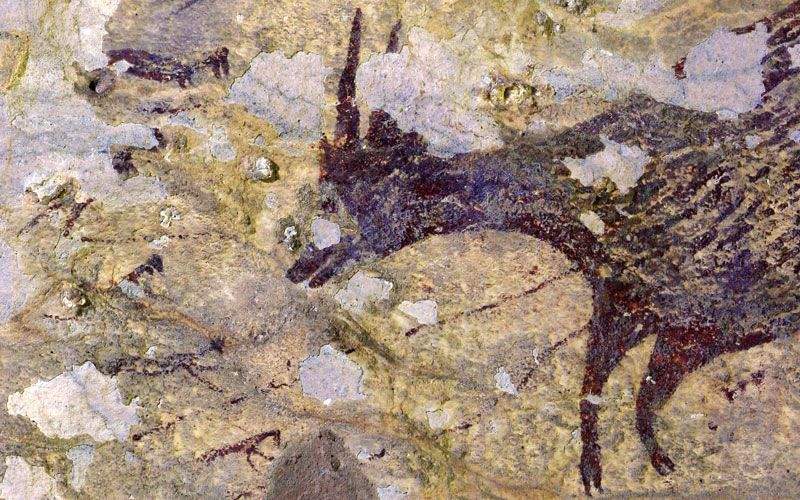 |
| A portion of the hunting scene discovered in Indonesia |
3. The Cimabue found in the kitchen
From the kitchen of an elderly woman in Compiègne, France, resurfaces a tablet believed to be part of a diptych by Cimabue, composed in ancient times of eight panels, of which only two are known today, one preserved in New York and the other in London. As the debate rages on, the work is sold at auction at lightning speed: barely a month after its discovery. At the end of the year, however, the French government declares the work trésor national and suspends the sale in order to raise the funds to buy it and dedicate it to the Louvre. Full story here.
 |
| Cimabue’s panel |
2. The Paleolithic Venus of Amiens.
In France, a Paleolithic “Venus” dating back 23,000 years is discovered in Amiens, in the Renancourt district. Described as “exceptional” by the Institut National de Recherches Archéologiques Préventives, it is a very rare sculpture: there are only a few dozen examples throughout Europe, and the last one of its kind had been found in 1959 in Dordogne. Full story here.
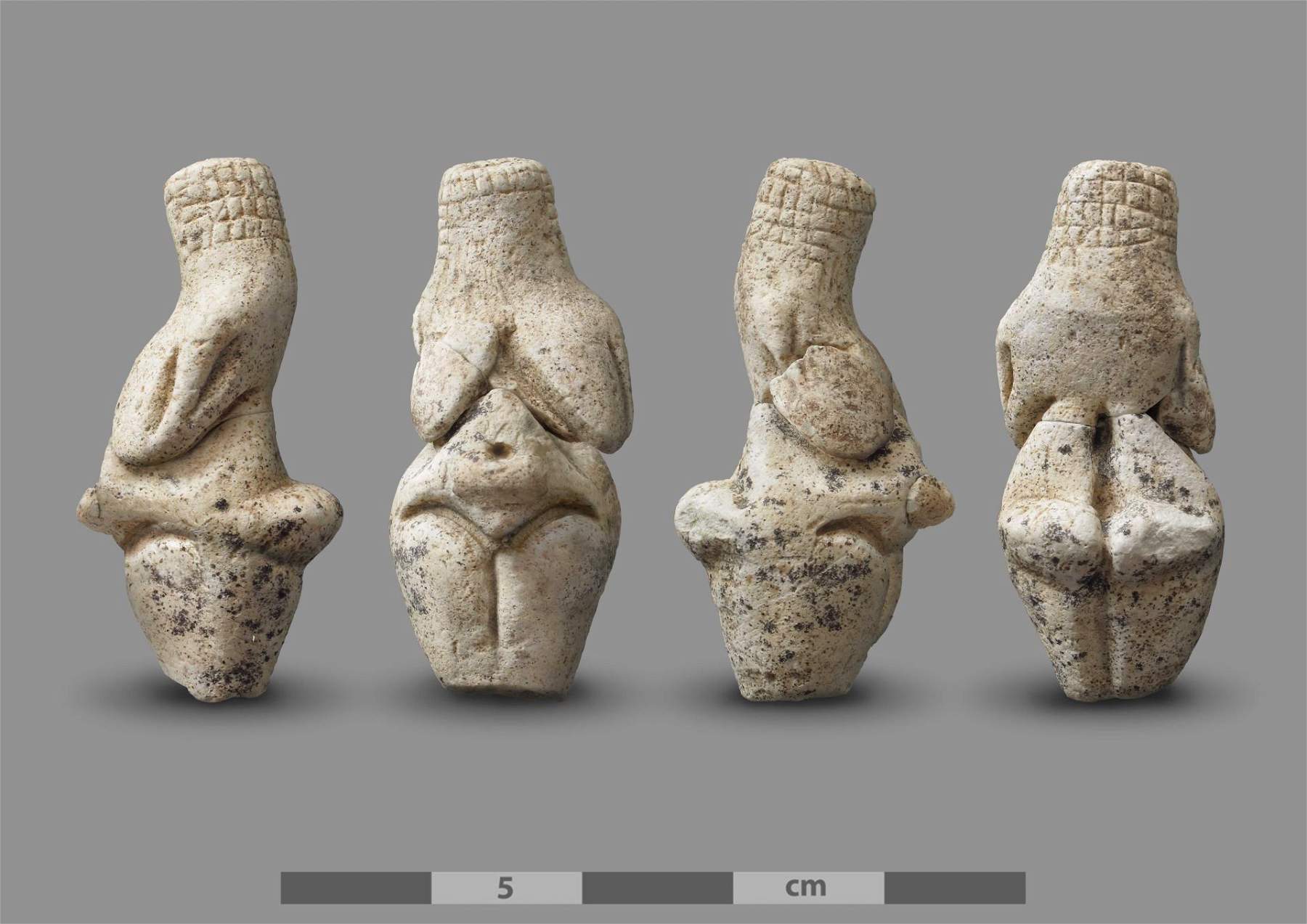 |
| The Paleolithic Venus of Amiens. |
1. The Shadow of San Gimignano
The discovery of the Shadow of San Gimignano, a wonderful Etruscan votive bronze, dates back to 2010 but was only announced this year. It is a work of exceptional value: it is the only elongated Etruscan bronze from a sacred context and will help us learn more about the ancient civilization of the Etruscans. Found during some channeling work near San Gimignano, it is now housed in the Tuscan town’s Archaeological Museum. Full story here.
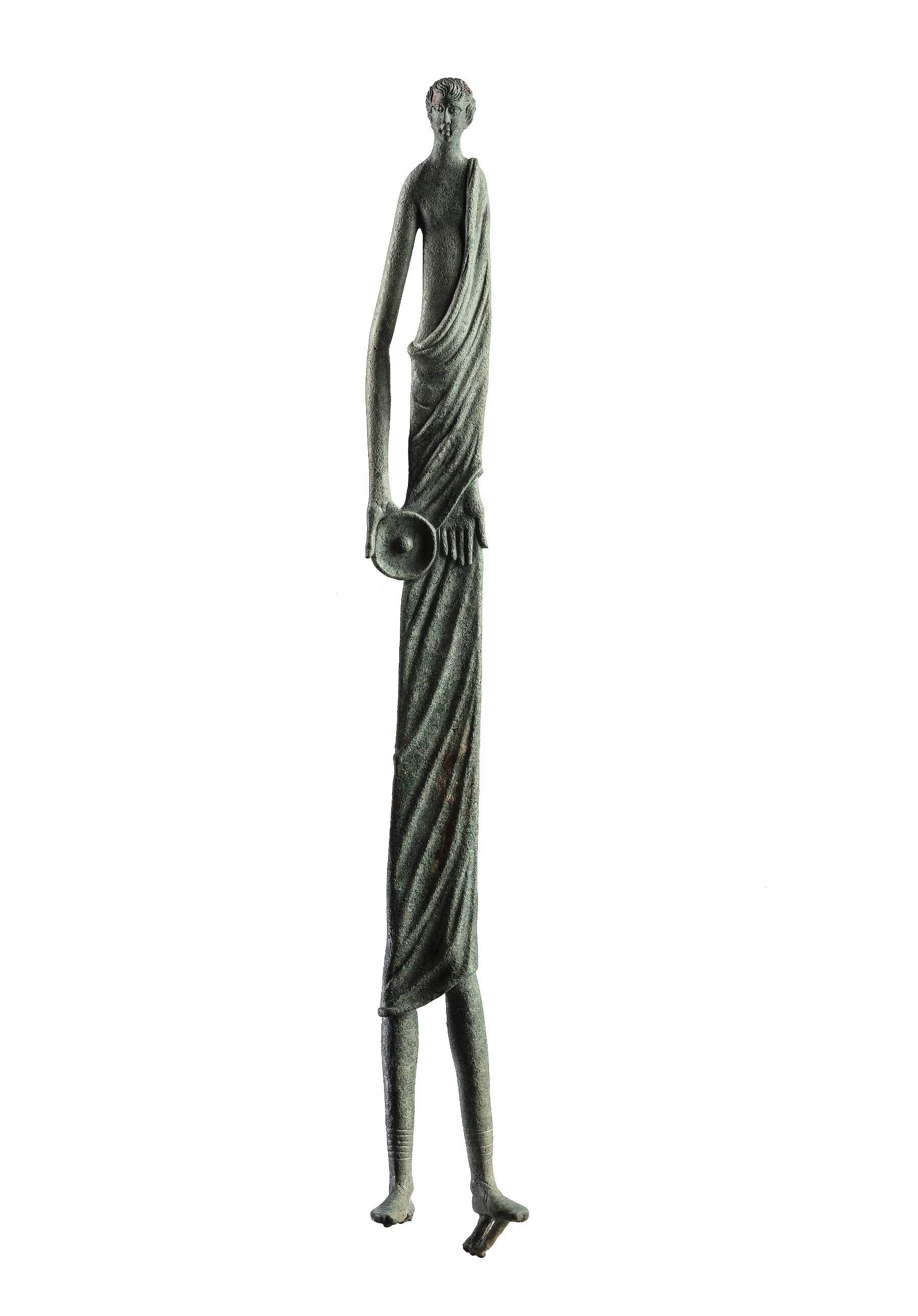 |
| The Shadow of San Gimignano |
 |
| 2019, a year of discoveries. Here are what were the ten most interesting finds of the year |
Warning: the translation into English of the original Italian article was created using automatic tools. We undertake to review all articles, but we do not guarantee the total absence of inaccuracies in the translation due to the program. You can find the original by clicking on the ITA button. If you find any mistake,please contact us.